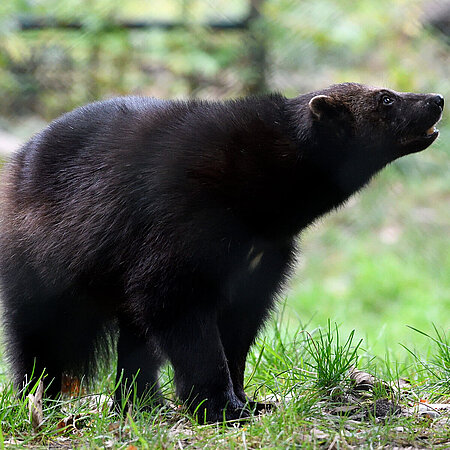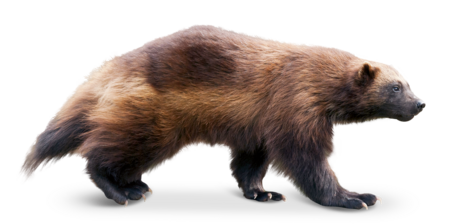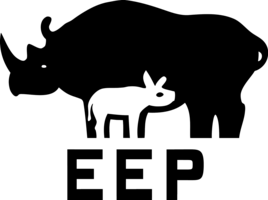Wolverine
Gulo gulo

- Family
- Weasels (Mustelidae)
- Weight
- ♀ 9 – 20 kg, ♂ 12 – 30 kg
- Habitat
- Boreal forests, tundra, taiga, mountainous regions
Delayed birth
Wolverines are solitary animals. Males and females only come together briefly to mate. Although the mating season is in summer, the embryo may lie dormant for up to six months, allowing the female to give birth when food is plentiful. After a gestation period of 30 – 50 days, the female delivers a litter of up to five cubs.

Powerful bite force
Wolverines have a powerful bite that can easily cut through bone. For this reason, even big predators such as bears or wolves are often the first to back down in a face-off with the wolverine over a carcass, preferring to leave their meal to the weasel than fight. The scavenger also hunts opportunistically for its own prey. Any food that cannot be eaten in one sitting will be buried in its hoarding place for another day.
The wolverine can run at speeds of up to 50 km/h, allowing it to catch even caribou. Only strong, healthy animals can escape its powerful claws.
Distribution


Hellabrunn Zoo participates in the European Endangered Species Programmes